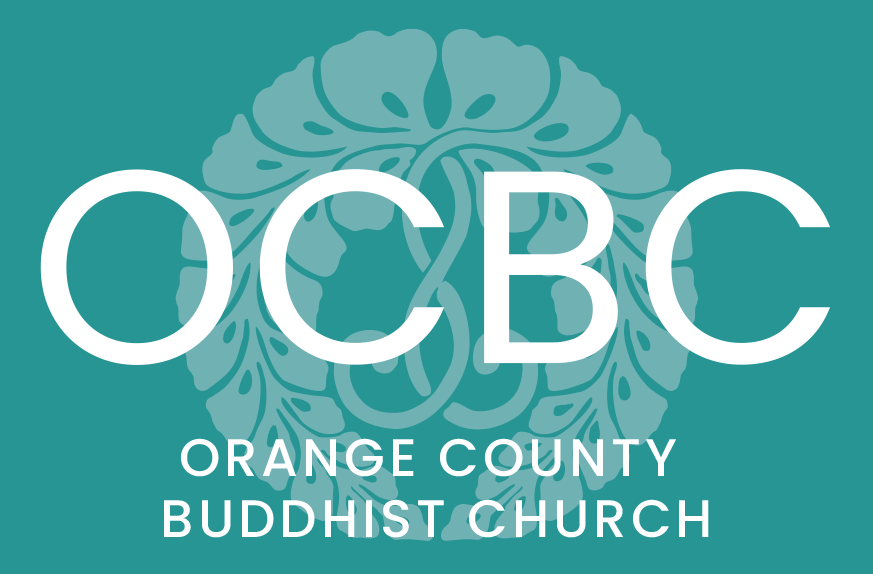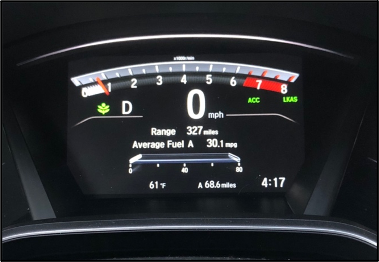Life At 30 Miles Per Gallon
Buddhism has taught me that one of the most powerful ways to change your life is to simply change your point of view. A different perspective can lead to new insights that can fundamentally alter the way we appreciate the world around us. I would like to share an example of this process.
In 2018, I purchased a new car. It is a Honda CRV with Apple CarPlay. It is really nice. You just hook up your iPhone, and your apps appear on the car’s display. This ensures that I can use my Waze navigator hands-free. Waze is really good at helping me avoid road closures, but it also has some bugs in it.
This may be because it tries too hard to optimize time. For example, when I drive south from OCBC to my home, Waze wants me to get on the 405 South at Beach and Edinger and exit at Brookhurst to save one minute of drive time. It often wants me to get off the freeway for small side streets for another minute or two of savings. Often, I don’t know the surrounding neighborhoods very well and would be blindly following its commands. I am not comfortable with that either.
Whenever I take a Waze detour, I still run into a huge traffic jam of cars following the same advice. I wish there was a setting that allowed me to have Waze only suggest alternate routes if it saves 10 minutes or more.
Waze conditioned me to hyper-focus on the elapsed time of my trips. A clock sitting in the lower left is just begging to be optimized. But this led me down a bumpy road. It encouraged me to be a hypervigilant driver, always looking for a shortcut. This also affected how I saw the road. For example, below are some of the associations I was making while driving:
Prius = Avoid at all costs
Yellow Light = Accelerate
Green Light = Saving seconds
Red Light = Losing seconds
Lane Changes = Strategic maneuvers
The Look = Passing slow drivers
Uphill = Accelerate
I have found that no matter how hard I try, I can never beat the Waze estimate. If it says the estimated time of arrival is 37 minutes to get from OCBC to my home, then it is going to take 37 minutes or more. You can never beat the traffic because it is a very complex system of causes and conditions that are unpredictable and you cannot overcome.
But there is another way. As Buddhists, we merely have to change our perspective and focus on the things we really can control. I was able to do this when I finally noticed another gauge that was also sitting on my dashboard across from the Waze timer. It is the fuel economy meter, which tells me my miles per gallon (MPG). Changing my attention to MPG has greatly changed my driving. I am now calm and relaxed. And my actions have a huge impact on this number. With this changing in perspective to prioritize MPG, not ETA, I now see the road this way:
Prius = An ally
Yellow Light = Coasting
Green Light = Maintain 43 MPH
Red Light = Admire MPG
Lane Changes = To avoid tailgaters
The Look = Breaking 30 MPG
Uphill = Downhill savings ahead
Now when I reach my destination, I am completely relaxed. I am calm after 37 minutes of driving. I get to enjoy the view and listen to my music. I am no longer in competition with other drivers. I no longer have those awkward moments when a car I passed pulls up next to me at a red light—giving me a look.
I have since noticed how helter-skelter everyone is when driving. I was one of those drivers. Fighting a battle with traffic leaves no winners. I was causing my suffering. Consider this as an example of how a simple change in perspective from ETA to MPG can make a huge difference in our driving experience. I find this experience to be analogous to what Buddhist practice brings to our everyday lives. Like a shift in how we experience driving, Buddhist insight can change how we fundamentally appreciate living.
In Gassho,
Rev Jon Turner


